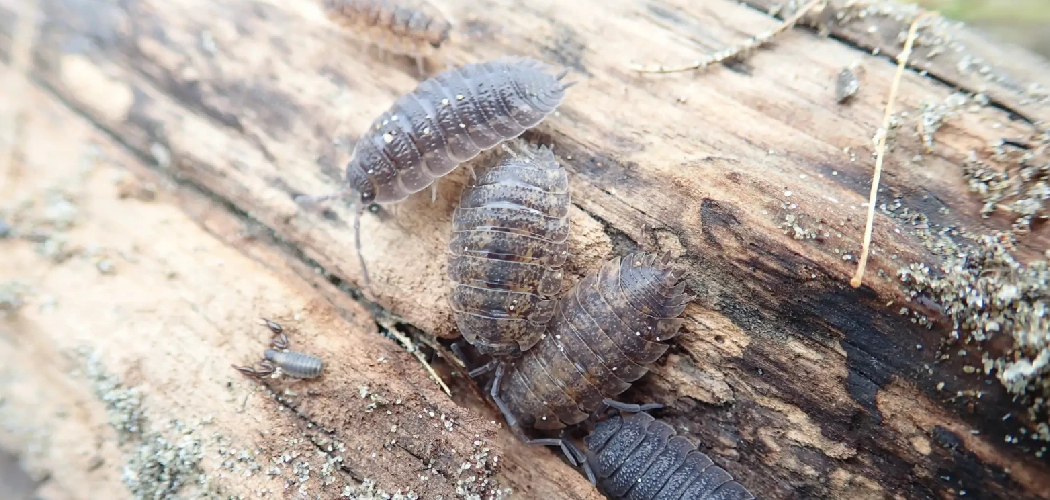Woodlice, also known as pill bugs or slaters, are small crustaceans that can occasionally invade homes, particularly damp areas such as basements, bathrooms, and kitchens. While they are generally harmless and play an important role in breaking down organic matter in the garden, woodlice can become a nuisance when they enter living spaces.
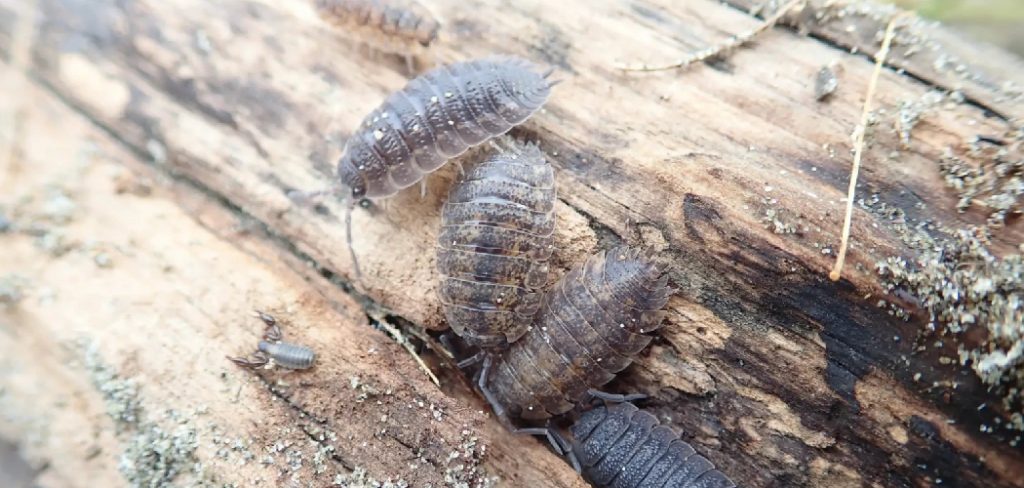
Fortunately, there are several natural methods to manage and eliminate woodlice infestations without resorting to harsh chemicals. This guide on how to get rid of woodlice in the home naturally will explore effective, eco-friendly strategies to keep your home woodlice-free.
Why Are Woodlice in My Home?
Woodlice typically enter homes in search of moisture and food. They thrive in damp, dark environments, which is why they are often found in basements, bathrooms, and kitchens. These areas tend to provide the ideal living conditions for woodlice, including access to decaying organic matter that they feed on. Cracks in walls, gaps around windows and doors, and poorly sealed vents can serve as entry points for these arthropods.
Additionally, woodlice are attracted to leaf litter, wood piles, and compost heaps close to the home’s foundation, making it easier for them to find their way indoors. Addressing these issues and understanding their habits are key steps in preventing and managing woodlice infestations.
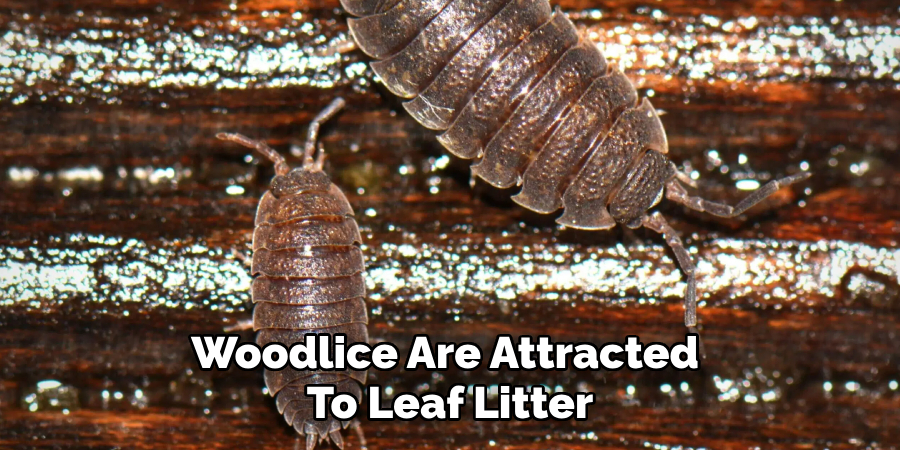
Needed Materials:
To effectively natural methods to get rid of woodlice in your home, gather the following materials:
Dehumidifier:
Helps to reduce moisture levels in damp areas like basements and bathrooms.
Baking Soda:
Absorbs moisture and can be sprinkled in affected areas.
Cedarwood or Eucalyptus Essential Oil:
Repels woodlice and can be used as a natural deterrent.
Sealant:
Used for sealing cracks and gaps where woodlice may enter the home.
7 Step-by-step Guidelines on How to Get Rid of Woodlice in the Home Naturally
Step 1: Identify and Remove Sources of Moisture
The first and most crucial step in eliminating woodlice naturally is to identify and remove sources of excess moisture in your home. Woodlice thrive in humid conditions, so reducing the overall moisture levels will make your home less inviting to them. Start by inspecting areas where woodlice is commonly found, such as basements, bathrooms, and kitchens.
Use a dehumidifier to lower the humidity levels in these spaces. Additionally, check for any water leaks or damp spots and repair them promptly. Ensure that all appliances, including washing machines and dishwashers, are functioning properly and not causing water damage. Improving ventilation with exhaust fans or opening windows can also help to reduce humidity. By addressing moisture issues, you create an inhospitable environment for woodlice and prevent future infestations.
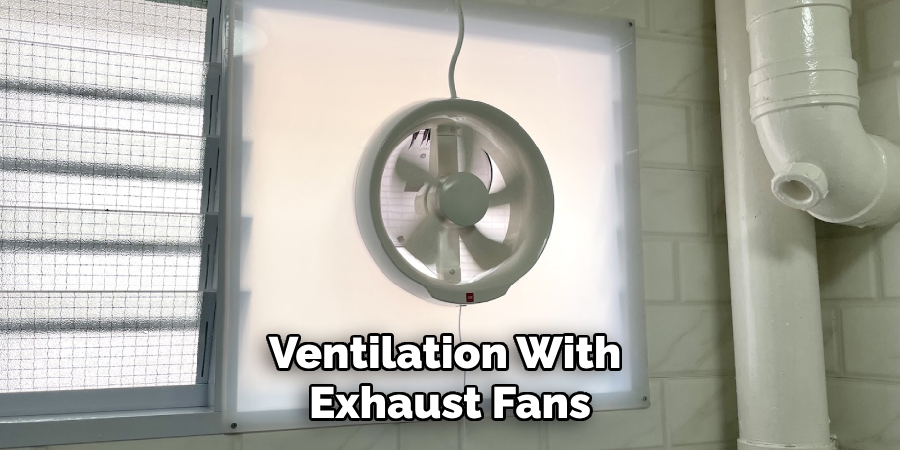
Step 2: Clean Up Leaf Litter and Debris Around the Home
Woodlice are attracted to decaying organic matter, such as leaf litter, wood piles, and compost heaps close to the home’s foundation. Clearing away these potential food sources will make it less likely for woodlice to enter your home. Regularly clean up any fallen leaves or debris from around your property and keep firewood stacked away from the house. Additionally, avoid overwatering plants near the house as excess moisture can attract woodlice.
It’s also essential to keep the interior of your home clean and free of clutter. Woodlice tend to hide in dark, damp areas, so regularly decluttering and cleaning these spaces will make it easier to spot and eliminate them.
Step 3: Use Baking Soda to Absorb Moisture
Baking soda is an effective and natural way to absorb moisture in areas prone to dampness, thereby helping to deter woodlice. Sprinkle a generous amount of baking soda in locations where woodlice is frequently seen, such as basements, bathrooms, and kitchens. Pay special attention to corners, cracks, and crevices where moisture tends to accumulate. Baking soda not only helps to reduce humidity but also neutralizes odors, making it a dual-purpose solution.
Leave the baking soda in place for several hours or overnight, allowing it to draw out and absorb excess moisture. Afterward, vacuum or sweep up the baking soda and replace it as needed to maintain dry conditions. Consistently using baking soda can significantly lower humidity levels, making your home less hospitable to woodlice and reducing the likelihood of future infestations.
Step 4: Essential Oils as Natural Woodlice Repellents
Certain essential oils, such as cedarwood and eucalyptus, are known for their insect-repelling properties and can be used to deter woodlice from entering your home. In a spray bottle, mix a few drops of the essential oil with water and liberally spray it in areas where woodlice is present or has been seen.
Alternatively, you can dip cotton balls in the essential oil and place them strategically in corners or near entry points. The strong scent of these oils is unpleasant for woodlice and will help to keep them away. Reapply the spray or replace the cotton balls every few days or as needed to maintain effectiveness.

Step 5: Seal Cracks and Gaps
Woodlice can enter homes through even the smallest of cracks and gaps, so it’s crucial to thoroughly inspect and seal any potential entry points. Use a sealant or caulk to fill in gaps around windows, doors, vents, and pipes that lead into your home. Pay special attention to areas where wood meets brickwork or concrete, as these are common entry points for woodlice. Regularly check that seals are intact and reseal as necessary to prevent woodlice from entering.
You can also use weather stripping to seal gaps in doors and windows, further reducing the chances of woodlice finding their way inside.
Step 6: Maintain a Clean and Tidy Home
A clean and tidy home is essential in deterring woodlice and other pests from taking up residence. Regularly vacuum and sweep floors, paying special attention to areas where debris and dust can accumulate, such as under furniture, in corners, and along baseboards. Wipe down surfaces in kitchens and bathrooms to remove food crumbs and spills that may attract woodlice. Additionally, avoid leaving dirty dishes in the sink and promptly clean up after meals to reduce food sources that might lure woodlice indoors.
Proper storage of food and waste is equally important. Use airtight containers to store pantry items and ensure that rubbish bins have secure lids to prevent access. Regularly empty and clean bins to minimize odors and the potential for attracting pests. By maintaining overall cleanliness and organization, you create an environment that is less appealing to woodlice, which can help in preventing and managing any infestations.
Step 7: Use Diatomaceous Earth
Diatomaceous earth (DE) is a naturally occurring powder made from fossilized algae that can be used as an effective and non-toxic pest control method. Sprinkle DE in areas where woodlice is present, such as dark, damp corners or entry points, and leave it for several days. The sharp particles in DE will pierce the woodlice’s exoskeleton, causing them to dehydrate and die.
While DE is harmless to humans and pets, it should still be handled with care by wearing gloves and a mask when applying it. After a few days, vacuum up the DE along with any dead woodlice. Reapply as needed to maintain control of the infestation.
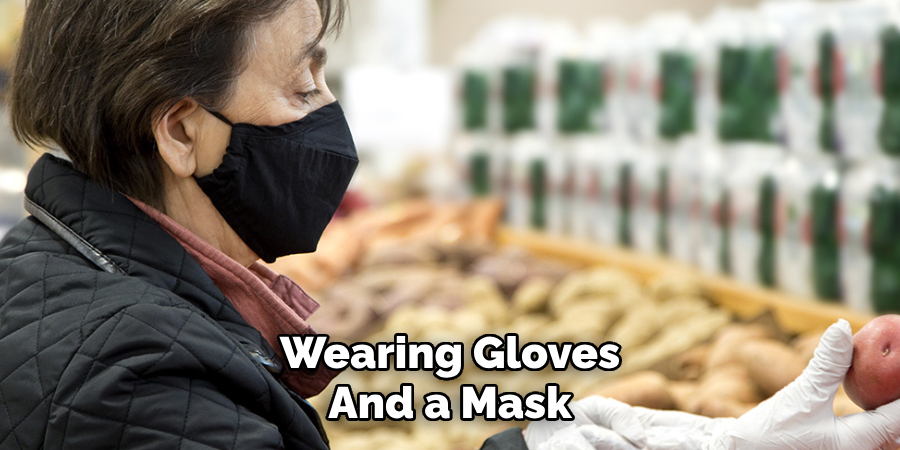
Frequently Asked Questions
Q: Are Woodlice Harmful to Humans?
A: No, woodlice does not pose any direct threat to humans. They do not bite or spread diseases, but their presence can be a nuisance and indicate underlying moisture issues in the home. It’s essential to address these issues to prevent future infestations and maintain a healthy living environment.
Q: Can Woodlice Infestations Be Prevented?
A: Yes, by following the steps on how to get rid of woodlice in the home naturally outlined above and addressing any moisture problems in your home, you can greatly reduce the chances of woodlice infestations. Regular cleaning and maintenance can also help to keep them at bay.
Q: What Should I Do if I Already Have a Woodlice Infestation?
A: If you have already spotted woodlice in your home, it’s crucial to address underlying moisture issues first before applying any control methods. Use a combination of these prevention tips, such as cleaning up leaf litter, using baking soda and essential oils, sealing cracks and gaps, and using diatomaceous earth to effectively eliminate the infestation. If the problem persists, it’s best to contact a professional pest control service for assistance.
Conclusion
While woodlice may seem like harmless creatures, they can quickly become a nuisance when they invade your home. By following these steps on how to get rid of woodlice in the home naturally and addressing potential attractants and entry points, you can effectively prevent woodlice from entering your home and manage any existing infestation. By maintaining a clean and dry environment, you’ll not only keep woodlice away but also create a more comfortable and healthier living space for yourself and your family.
Remember, prevention is key in pest control, so stay vigilant and address any issues promptly to avoid future problems with woodlice and other pests. Stay informed about the various remedies available online or from your local pest control experts.
